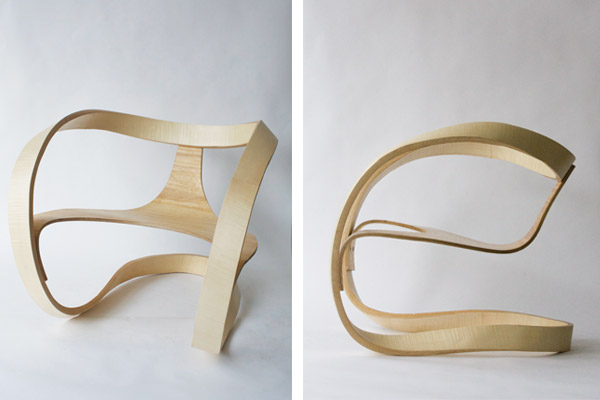On 6 August this year it will be 70 years since the atomic bomb was dropped on Hiroshima. Angela Ferguson visits the place today.

January 20th, 2015
Memorial Museum
The A-Bomb was exploded 600 m above the city, so that the full effect of its destruction was felt by Hiroshima’s people. Putting it bluntly, the city was flattened. The after effects of the A-bomb continued to be felt for years afterwards by those who managed to survive.
The inhabitants of Hiroshima are a determined people and they soon set about rapidly rebuilding their city. A few short years after it had been razed to the ground Hiroshima was proclaimed a City of Peace by the Japanese Parliament in 1949. It is now a thriving metropolis dedicated to peace and the abolition of nuclear weapons.
A-Bomb Dome
The main monuments and memorials that are part of Hiroshima Peace Park were designed by Japanese architect Kenzo Tange. Tange practiced throughout the 20th century (he died in 2005) and was one of Japan’s, if not the world’s most highly regarded architects, winning the Pritzker Prize in 1987.
His work has a distinct modernist style that also incorporates many Japanese architectural aesthetic principles. His design for the site was the result of winning a design competition, and this is one of the many opportunities Tange had to explore the influence of his favourite architect, Le Corbusier.
Memorial Museum
Arriving in Hiroshima is surreal; it is quite obviously much newer than other big cities in Japan and it’s difficult to imagine how a city could grow out of rubble in such a relatively short time. It has a similar feel to Canberra, in that it is a very ‘planned’ city now. The Peace park site consists of the Peace Memorial Museum, the Peace Memorial Park, the Memorial Cenotaph, the Children’s Peace Monument, the eternal flame (which will only be extinguished once nuclear weapons no longer exist) and the A-Bomb Dome.
Children’s Peace Monument
The A-Bomb dome was previously the city’s main commercial and exhibition hall and is one of only a handful of heritage buildings that remain; the A-Bomb dome survived because it was almost directly under the explosion, as if in the eye of a storm.
The Memorial Cenotaph
Hiroshima is an important design destination city for many reasons; it is evidence of both shocking destruction and incredible beauty. The architecture of the Peace Site is provocative, serene and beautiful in its simplicity; it is in direct contrast to the desolate landscape from which it evolved.
To follow Angela and Stephen’s journey through Japan go to instagram @futurespacedesign @indesignlive and look out for the hashtags #futurespacetravels #indesigntravels
A searchable and comprehensive guide for specifying leading products and their suppliers
Keep up to date with the latest and greatest from our industry BFF's!

With the exceptional 200 Series Fridge Freezer, Gaggenau once again transforms the simple, everyday act of food preservation into an extraordinary, creative and sensory experience, turning the kitchen space into an inspiring culinary atelier.

The Man x Machine x Material collaboration by Jarrod Lim and The American Hardwood Export Council explores how generative AI can enhance design processes while also revealing the areas where human intuition remains irreplaceable.

In Fujian, China, POAN Educational Institute belies its own humdrum name and cultivates active early learning, thanks to a clever design by CUN PANDA.

OBJECT FUTURE II is the second in a series of independently organised and curated design exhibitions showcasing work by emerging Australian based designers that survey the latest design practice in Australia.
The internet never sleeps! Here's the stuff you might have missed

This upcoming panel discussion will examine the housing manifesto recently introduced by the NSW government.

This November, a ten-day festival in Geelong will showcase various events, celebrating culture, craft and creative vision.

This upcoming panel, “What Comes Next In Workplace Design?” will address the evolving landscape of the commercial sector in the wake of the pandemic.

Nestled amidst the fern gullies and towering Mountain Ash rainforest of the Dandenong Ranges, the new Puffing Billy Railway Visitor Centre emerges as a striking, intentionally rugged structure honouring its geographical context and rich locomotive heritage.